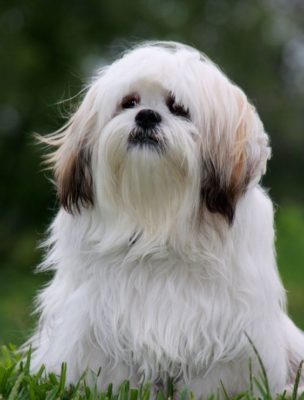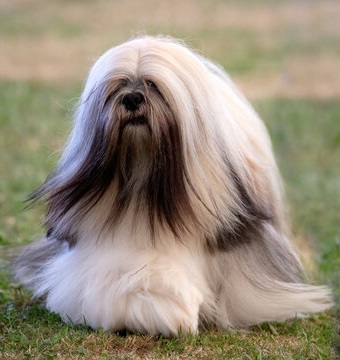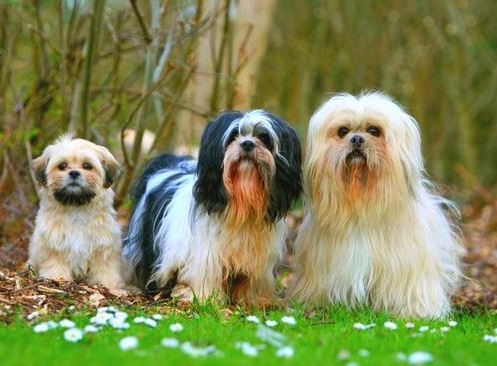Lhasa Apso
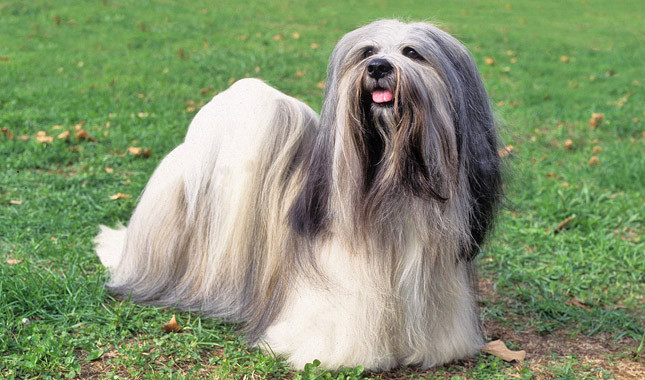
The Lhasa Apso appears to be a sweet and affectionate dog. At the same time, it is endowed with a sturdy and brave character. He seems to have a little lion cub living inside him. He quickly becomes attached to the owner and is willing to risk his life for him in times of danger. It is important to show dog leadership from the first days.
Table of Contents
Breed Information
| Another Name | – |
| Origin | Tibet |
| Height | 25-28 cm |
| Weight | 5-8 kg |
| Fur | Long |
| Color | Gold, sand, honey, brown, dark brown, black |
| Lifespan | 12-14 years |
| FCI Classification | Companion and Toy Dogs |
| Group | Small breed or decorative dogs, guard dogs, dogs for children, dogs for apartments |
| Price | From $400 to $900 |
Breed Photos
Origin History
The Lhasa Apso is one of the most ancient breeds. The first mention dates back to the 8th century B.C. And the habitat is considered to be the Tibetan mountains. Because of its territory of origin, the history of the breed is closely intertwined with religion.
The city of Lhasa was considered sacred because it was home to the Dalai Lama. Tibet itself was not always Buddhist. Before the arrival of Padmasambhava, a famous Buddhist teacher, the country recognized the Bon Po religion. It is the Tibetan version of high shamanism and witchcraft. During the Bon Po period, it was believed that after death, a person’s soul moved into the body of a Lhasa Apso. At the same time, they were a must for the aristocrats’ estates and rulers of Tibet. And in monasteries, they fulfilled a guarding function.
At the end of the eighth century, Padmasambhava’s disciples defeated the adherent monks of Bon Po. Then Buddhism officially began to spread in Tibet. The old monasteries became Buddhist, and the construction of new ones began en masse. The Lhasa Apsos also migrated from the old religion to the new one. But Buddhists did not support the theory of the postmortem transmigration of the master’s soul into the pet’s body. They loved the Lhasa Apso for its guarding quality, intelligence, and loyalty. Dogs became a talisman because they were supposed to bring good luck. The Dalai Lama banned the export of the breed altogether except on personal errands.
Among Europeans in the 1920s, the Lhasa Apso became an instant favorite. They came to Europe as a gift from the Dalai Lama to Colonel Bailey of Britain. In America, the breed appeared in 1923. This time the teacher gave the favorites to Sir Sydham Cutting. The current name and recognition the breed received only in 1965. Before that, the dog was called the Tibetan Terrier because it resembled the Kern Terrier.
Appearance
The Lhasa Apso is a stunted dog weighing five to eight pounds. Its stocky torso is covered with a long coat, which clearly distinguishes it from other breeds. It protects it from cold and direct sunlight. Its dense coat hides short but strong paws. The muzzle is small and square. The bite is reversed. The dangling ears are covered with long hair. Muscular corset – strong with a curve in the back.
Many members of the breed do not qualify for competitions because of color defects. Dark gray, beige, blue, smoky, golden, parti-color, black, white, and brown colors are officially allowed. Trimming is practiced only for dogs that are being raised as pets. Exhibitors and competitors are not trimmed or groomed.
Character
The Lhasa Apso appears to be a sweet and affectionate dog. At the same time, it is endowed with a sturdy and brave character. He seems to have a little lion cub living inside him. He quickly becomes attached to the owner and is willing to risk his life for him in times of danger. It is important to show dog leadership from the first days. Otherwise, the Lhasa Apso will start to dominate. The representative of the breed is gentle and patient with children. If the child is too active, he will be quiet in such games.
Care
The main uniqueness of the Lhasa Apso is its fur. And the difficulty in caring for it is also due to it. Often owners send their pet to professional groomers because it is a long and difficult task. But you can also do it at home. The hair should be brushed at least three times a week. It is recommended to bathe the dog twice a week.
Breeds often suffer from dental problems. As a preventive measure, regular brushing of teeth is worthwhile. Also, wipe their eyes daily, trim their claws three times a month and brush their ears twice a week.
Training
Dogs are endowed with a keen intellect and intelligence. Because of its stubborn nature, the Lhasa Apso is difficult to train. But when contact is established, he quickly learns new things. He feels restricted freedom and is stubborn because of this. To make him obey, do not show weakness. But aggressive behavior should not be practiced either.
A small bladder can make it difficult to go to the toilet. From an early age, it is worth getting used to regular stools. The same goes for socialization. Lhasa Apso may react aggressively to large dogs during walks. If time is allocated for learning and controlling your pet’s behavior outside, there won’t be a problem. The earlier, the better.
Common Diseases
The Lhasa Apso can suffer from patella dislocation, skin parasites, allergies, and retinal atrophy. Genetic kidney defects and greasy adenitis are also common. Rarely, dogs undergo cherry eye, a deficiency of the blinking webbing.
Nutrition
Animals that grow fast need a balanced diet. Lhasa Apso is a lover of high-calorie and satiating food. Up to eight months of age, it is recommended to introduce three to five meals a day. Then gradually shift to eating twice a day. It is worth giving up flour, sausages, salty and sweet foods. It is most suitable for a rational diet:
- dry and canned food;
- lean raw meat and by-products;
- bird;
- boiled boneless sea fish;
- fermented dairy products;
- porridge;
- fruits and vegetables (except potatoes).
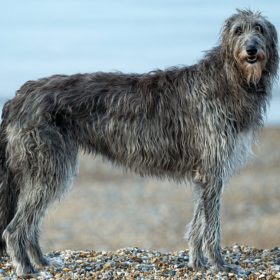 Scottish Deerhound
Scottish Deerhound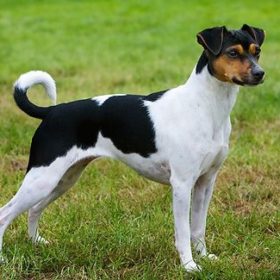 Brazilian Terrier
Brazilian Terrier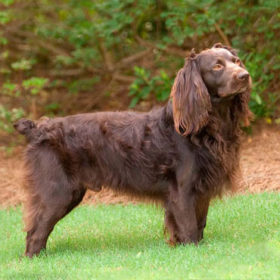 Boykin Spaniel
Boykin Spaniel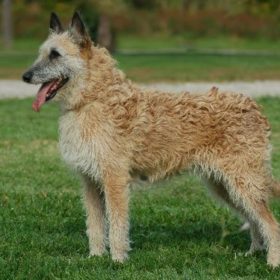 Belgian Shepherd Laekenois
Belgian Shepherd Laekenois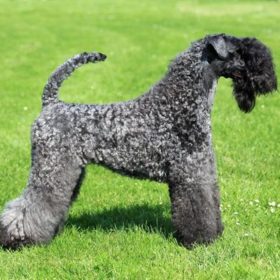 Kerry Blue Terrier
Kerry Blue Terrier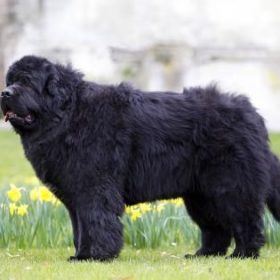 Newfoundland
Newfoundland